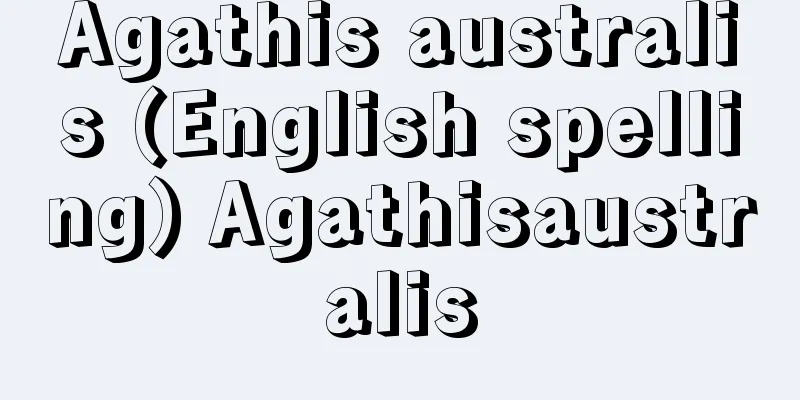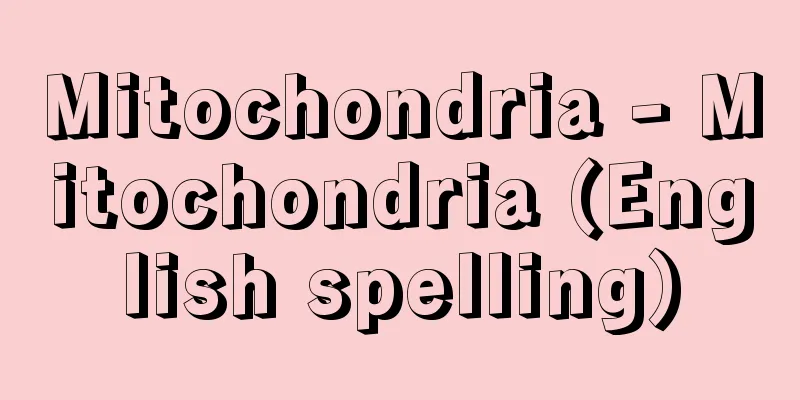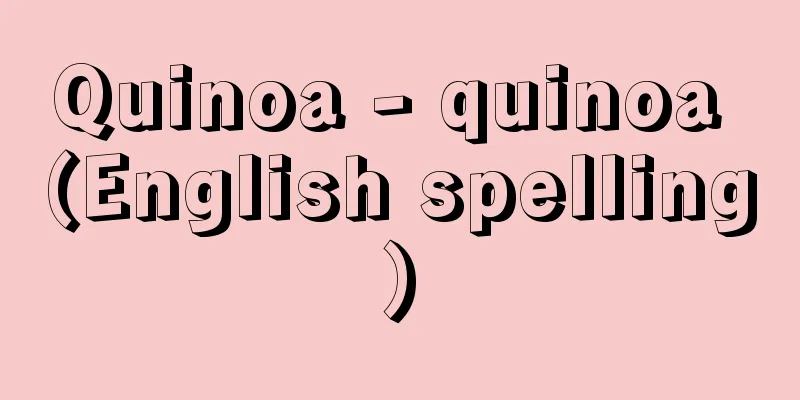Kiyomizu-dera Temple

|
Also called "Seisui-ji." A Northern Hosso sect temple in Higashiyama-ku, Kyoto City. The mountain name is Otowa-san. The principal image is the Eleven-Headed Kannon, and it is the 16th of the Thirty-Three Western Temples. According to the "Kiyomizu-dera Engi," it was founded in 798 by Sakanoue no Tamuramaro, with Enchin as the founder. It flourished as a temple of Emperor Kanmu in 805, and a training center for the nation's protection in 810, but was repeatedly burned and destroyed due to natural disasters and the fact that it was embroiled in a dispute between Enryaku-ji and Kofuku-ji as it belonged to Kofuku-ji. The current main hall (national treasure) was rebuilt in 1633 and shows a typical style of a main hall of esoteric Buddhism. Because it is located on a steep cliff, it is supported by long pillars in a so-called kake-zukuri style, and the front is famous as "Kiyomizu-dera Stage." The large hipped roof with cypress bark is a representative relic of Edo period architecture. It was registered as a World Heritage Site in 1994. → Related topics Ema | Onishi Ryokei | Kinzan-ji Temple | Kyoto [city] | Kiyomizuzaka | Gojo Bridge | Cultural Assets of the Ancient Capital of Kyoto (Kyoto City, Uji City, Otsu City) | Seibo-ji Temple | Car Rental | Shintoku-maru | Higashiyama [ward] Kiyomizu-dera TempleSource : Heibonsha Encyclopedia About MyPedia Information |
|
〈せいすいじ〉とも。京都市東山区にある北法相宗の寺。山号は音羽山。本尊は十一面観音で,西国三十三所第16番札所。〈清水寺縁起〉によれば延鎮を開基として坂上田村麻呂が798年に創建。805年桓武天皇の御願寺,810年鎮護国家の道場となり隆盛したが,天災のほか,興福寺に属したため延暦寺と興福寺の紛争に巻き込まれたこともあって焼失破壊を重ねた。現在の本堂(国宝)は1633年再建のもので,密教本堂の典型的形式を示す。急崖にあるため長い束柱(つかばしら)でささえられたいわゆる懸造(かけづくり)となっており,前面は〈清水の舞台〉として有名。檜皮葺(ひわだぶき)の大きな寄棟(よせむね)造は江戸時代建築の代表的遺構。1994年世界文化遺産に登録。 →関連項目絵馬|大西良慶|金山寺|京都[市]|清水坂|五条大橋|古都京都の文化財(京都市,宇治市,大津市)|篦峯寺|車借|しんとく丸|東山[区] 清水寺【きよみずでら】出典 株式会社平凡社百科事典マイペディアについて 情報 |
Recommend
Koga County, Chuso
This was a county-wide uprising by local lords in ...
Octopus jellyfish - Octopus jellyfish
A marine animal belonging to the phylum Coelenter...
Ijora Factory - Ijora Factory
…It is located 26 km southeast of St. Petersburg ...
Cotton sewing thread
Katan is said to be a corrupted word for "co...
Emperor Heizei
Year of death: Tencho 1.7.7 (824.8.5) Year of birt...
Gwent
…Population 101,000 (1993). An important city wit...
Swiss bank - Swissginkou (English spelling) Swiss bank
There is a bank with the same name, but the term i...
Hieron [II] - Hieron
King of Syracuse in Sicily (reigned 269-215 BC). I...
Local merchant - Zaigō Shōnin
From the mid-modern period onwards, non-privilege...
Cercartetus concinnus
...Marsupial [Yoshiharu Imaizumi]. . … *Some of t...
A unitary view of the nation
...The transition from the night watchman state t...
Rose apple
A tropical fruit tree of the Myrtaceae family with...
Aso Koremura
?-1406 A military commander from the Nanboku-cho ...
Shuuioujoden - The Tale of the Dead
This work follows on from Zoku Honcho Ojoden and i...
Rappaport, R.
...The view of culture as an adaptive system sees...



![Kowakidani [Hot Springs] - Kowakidani](/upload/images/67cb9ff00d57f.webp)





